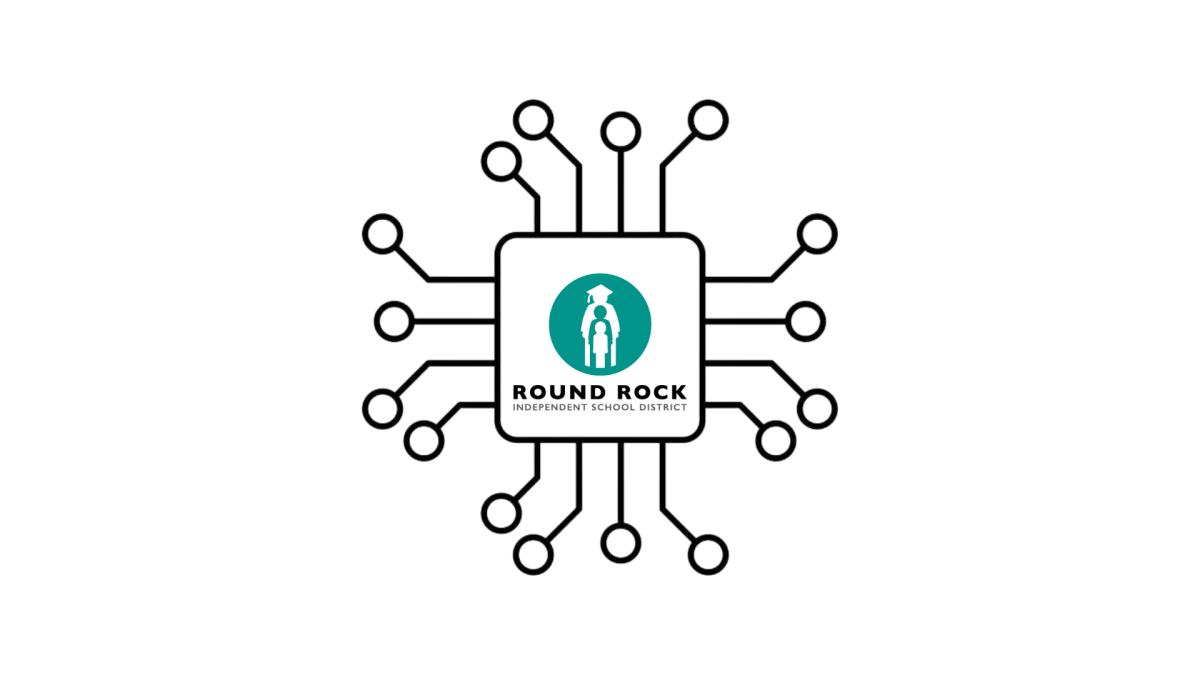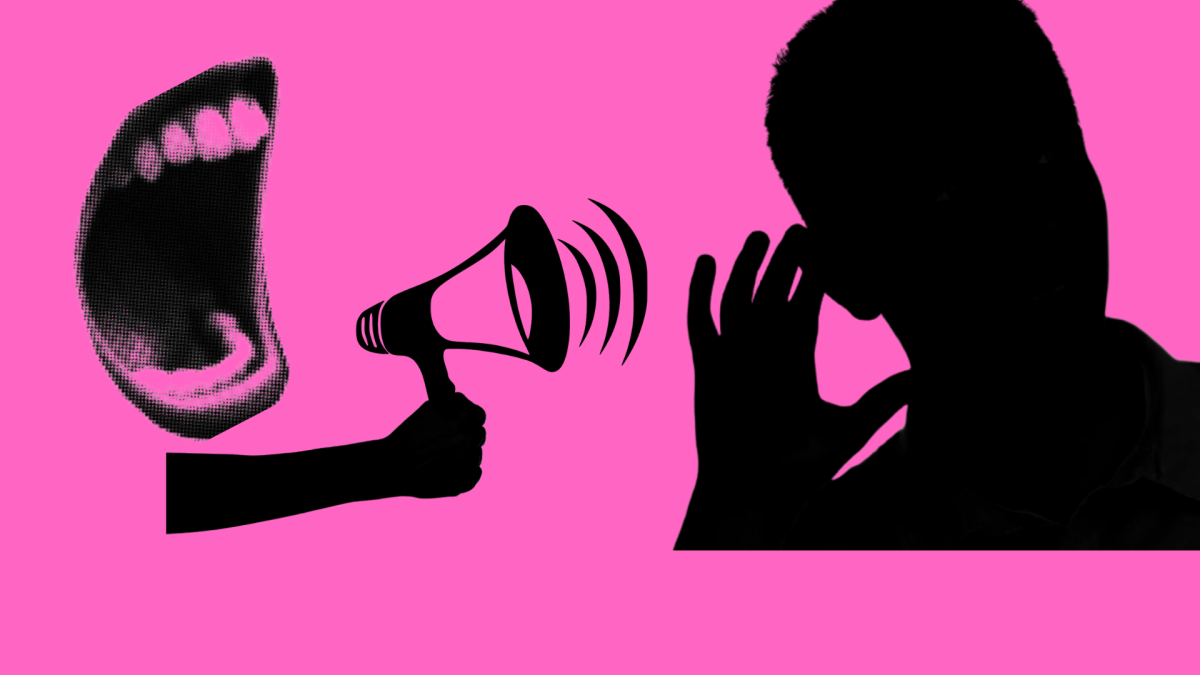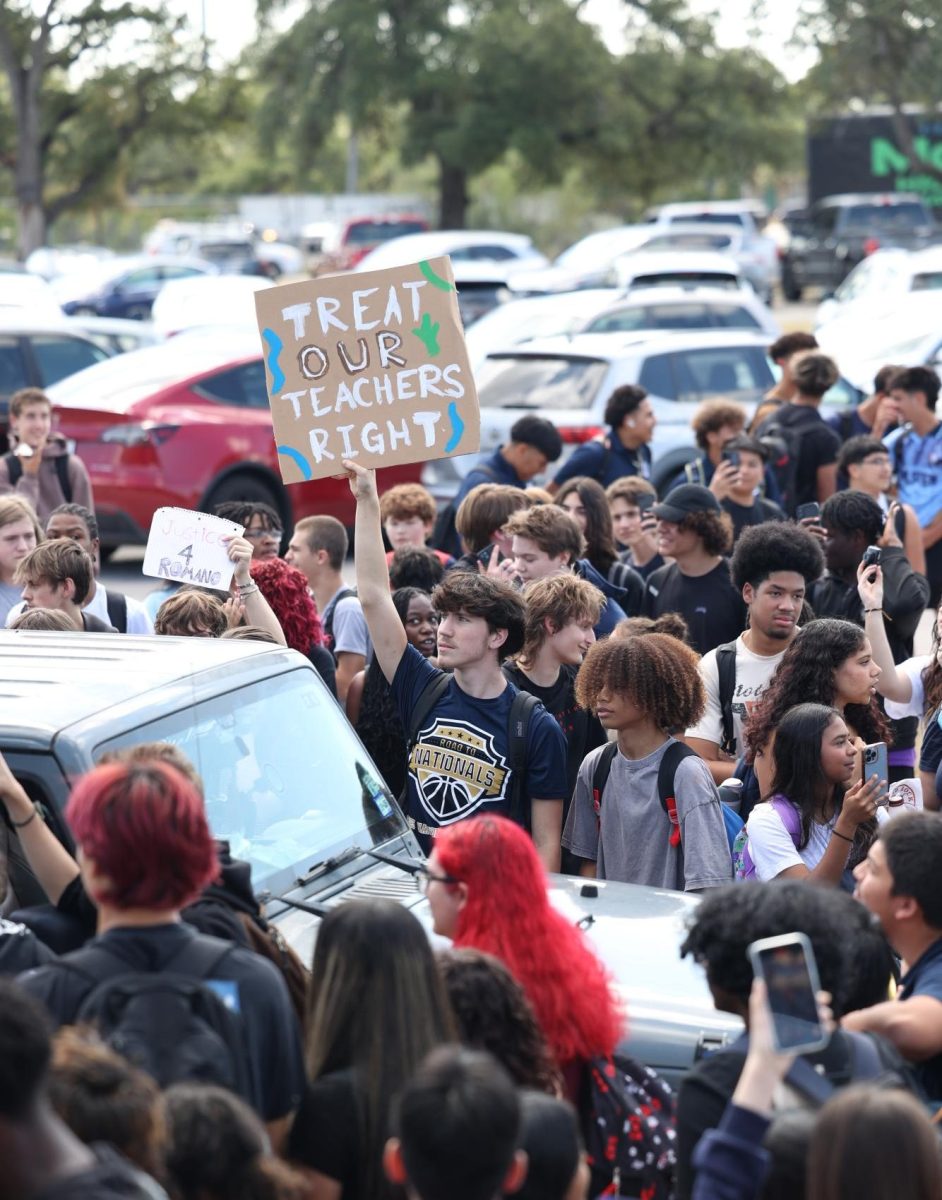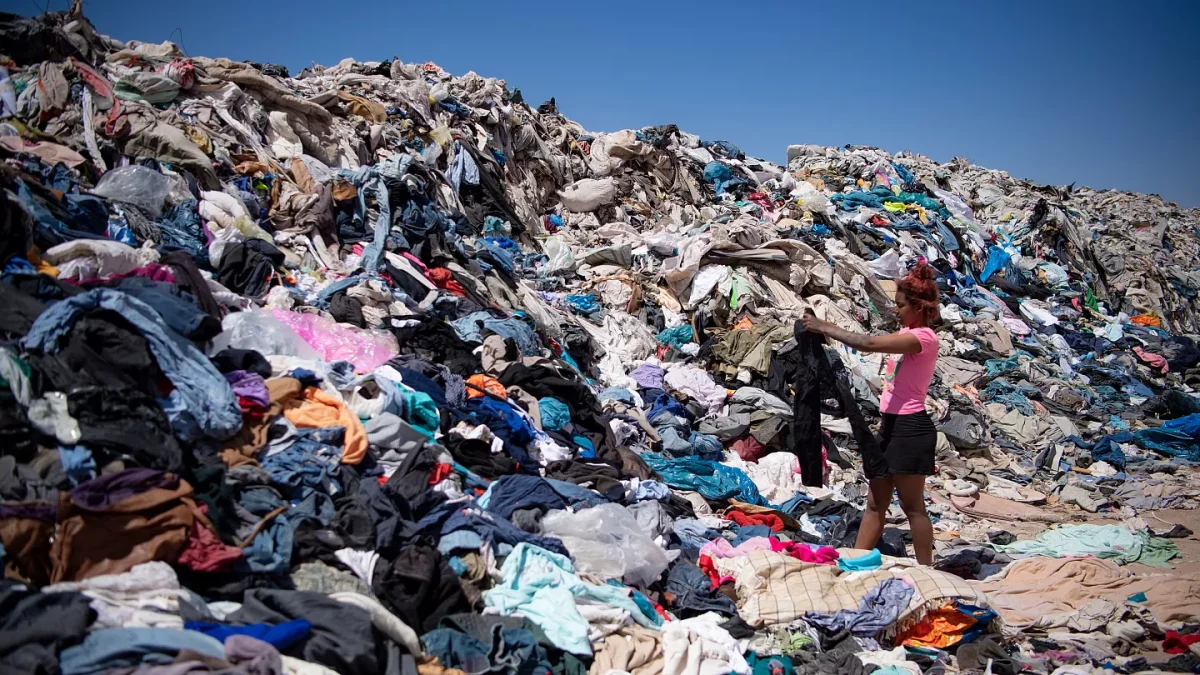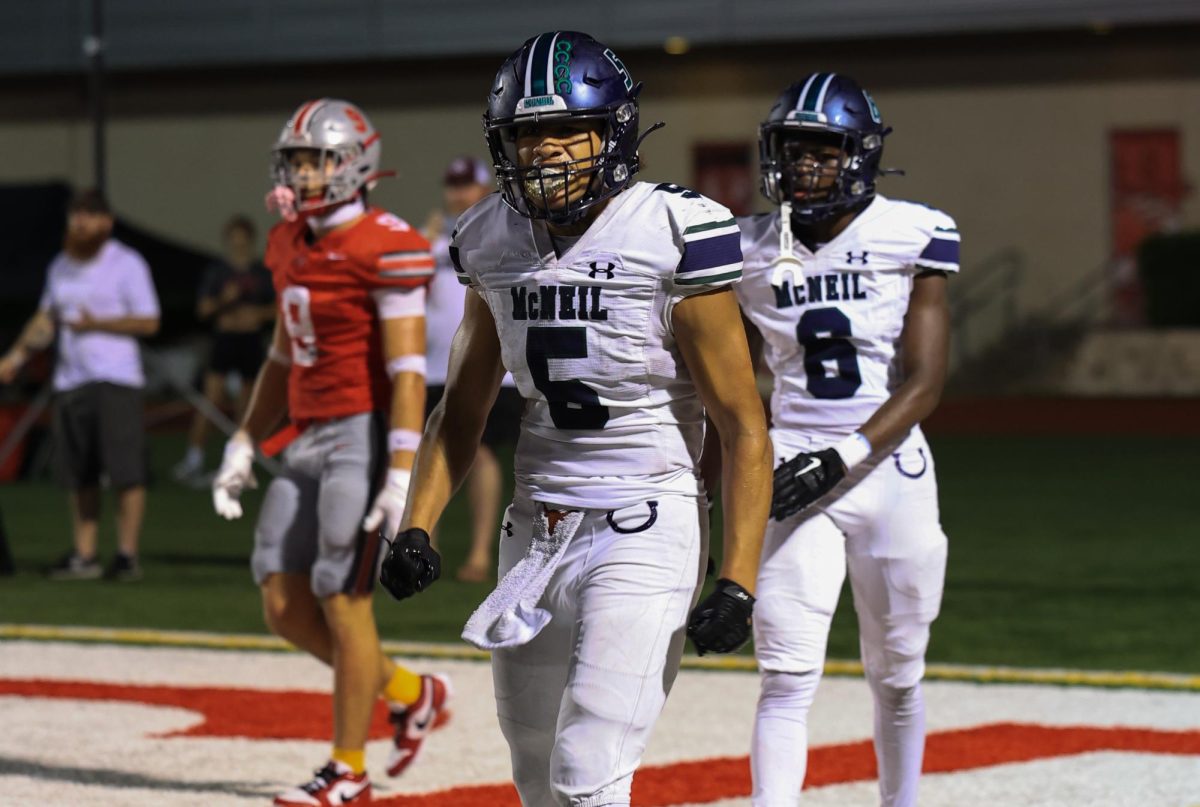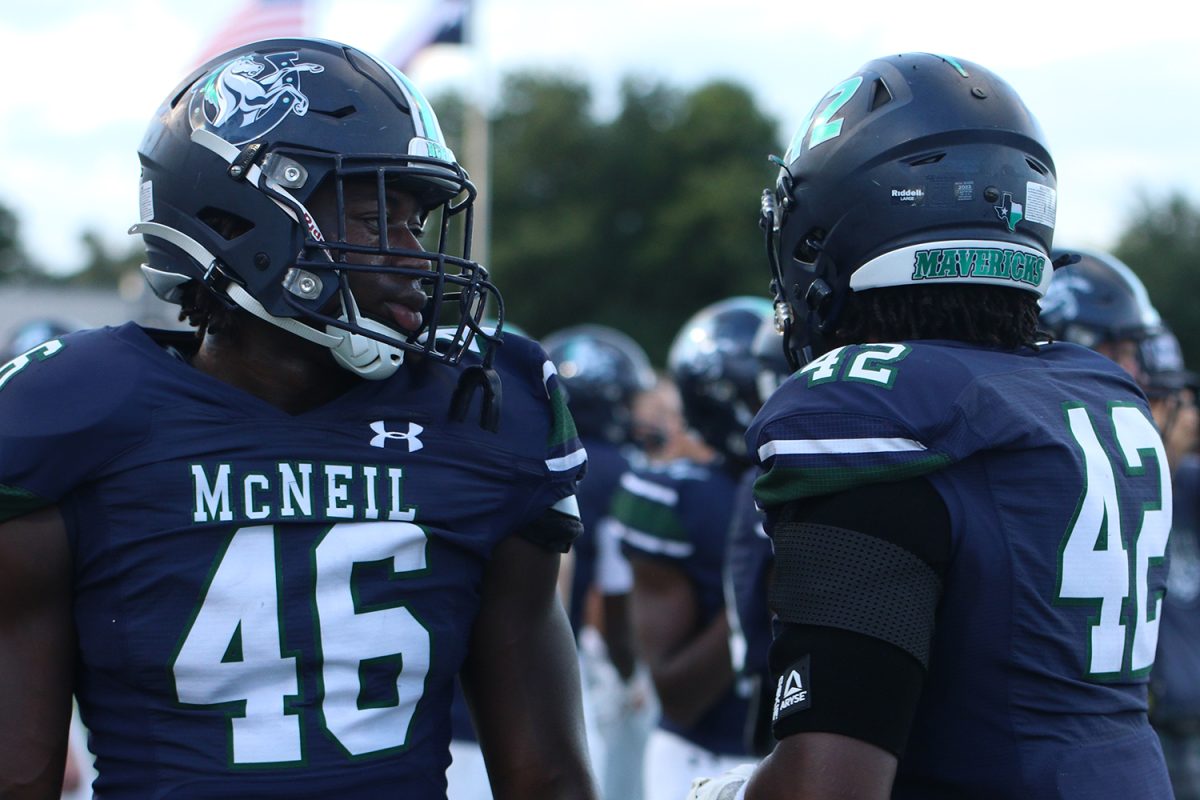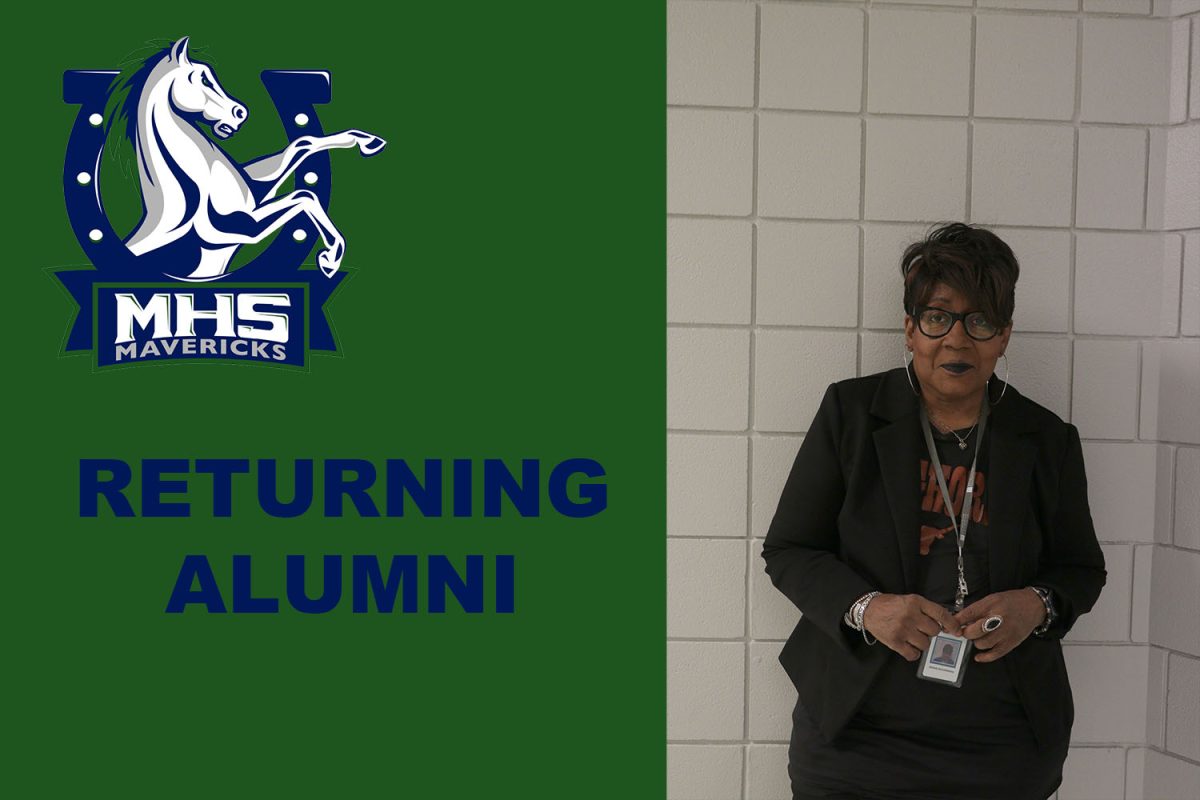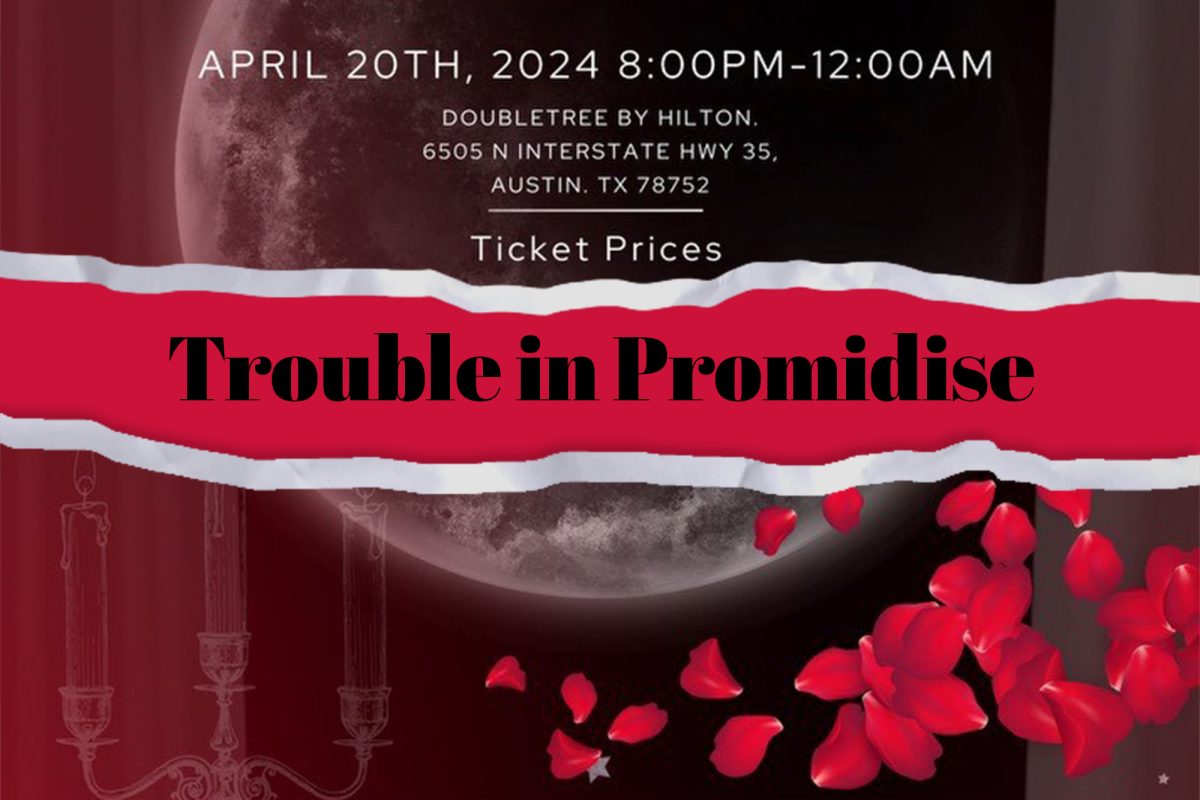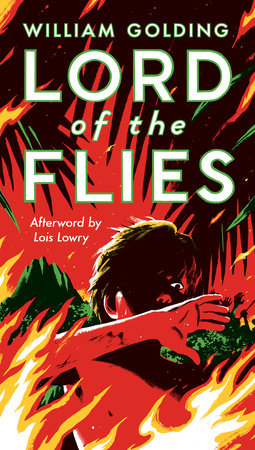
“Lord of the Flies” by William Golding is a novel laced with symbolism and enlightening themes that connect with the contemporary. It’s this aspect of the book that keeps it relevant. Renowned as a classic, it is often assigned for young minds to read. For them, understanding Lord of The Flies is vital to seeing the realistic truths that fill our modern world. However, no matter the age of the reader, Lord of the Flies remains eye-opening by exposing views about social structure and humanity.
Upon its release in 1954, the tale was revolutionary. It struck the hearts of those who had just been freshly released from the ferocity of war, as Golding, having participated in World War II as a lieutenant, reflected the same cruelties of war in his writing. The consequences of mankind betraying itself are mirrored in the allegory: young boys ranging from ages six to 13 are stranded on a deserted island and have to deal with their primal instincts of barbarity and fight it with adult reason, which was far out of reach for teens just reaching puberty. Lord of the Flies also broke out of the expected norms for other books at the time, which were of similar setting– a shipwrecked island. However, these other narratives showcased colonialism in a good light, where the people new to the island would convert and teach natives to become like the ‘civilized’ men. Yet, in Golding’s book, the boys are the ones who become uncivilized and vicious.
Being more specific about the plot of the novel itself, however, Lord of the Flies is filled with symbolism which describes the flaws of humanity and the frequent characteristic of giving up our peaceful instincts to become violent, in the name of benefitting ourselves. In the novel, one of the main characters, Ralph, is the one voted into power on the island when they decide to set up a hierarchy for more structure. In spite of that, the kids do not listen to his orders nor communicate with him, and prefer to submit to the second most important character, Jack, who proves to be a more reliable leader as he can hunt and provide. Despite the fact that Ralph represented a peaceful democracy and attempted to create harmony on the island, he could not properly protect the boys, who then opted for Jack. They support and follow Jack even when he brings forth a ruthless tyranny, which terrorizes the select few who do not comply with the dictatorship. This clash symbolizes the tendency for humans to slip into selfishness, to abandon our innately peaceful ways, and replace them with an “every man for himself” mindset.
This is the surface-level theme of Golding’s work as a whole: the conflict between the desire to be good and civil, against the desire to succumb to violence and tyranny. A quote by Golding himself regarding his book supports this thesis, revealing human nature and its impacts.
“We did everything the adults would do. What went wrong?”
This highlights how the actions of the boys are merely a simplified reflection of the actions of the adults in our society. In Lord of the Flies, these schoolboys cave into their dark tendencies- enough so that they turn against and resort to killing each other. An analysis of this literature leaves readers to introspect: these boys merely followed in the footsteps of their elders as best they could, is this what we do? Golding uses children, who are commonly the motif for innocence and untainted morality and corrupts them with the behaviors of adults. The stark and ridiculous contrast allows readers to view the immorality of adult actions. Additionally, the employment of adolescents leaves readers with a sinking feeling. If these kids cannot create a peaceful civilization, it becomes nearly unimaginable to garner any hope for adults.
Delving deeper into Golding’s characters, they themselves represent ideas. How they’re treated by others in the book mirrors how certain concepts are treated in public. Specifically Ralph, Piggy and Jack—the three main figures—constitute democracy and fair ruling, science and academia, and evil. Ralph, despite being the most reasonable of the cast, eventually loses his morality and sanity. We watch how he is cast aside and emotionally exiled from the rest of the group as the teens take the path of cruelty. In the world today, this is seen as how people would prefer the easier, often immoral route to their own means rather than working with others. Piggy, another kid who is abandoned and overlooked by the cast, is the most logical and knowledgeable. He is shaken off and neglected unless deemed useful, which is prominent in how people deject science whenever it becomes inconvenient for them. Jack, who becomes the leader of both the island and of ferocity, is widely accepted due to his ability to ensure the survival of the boys. However, when Jack’s sanity derails, the boys continue to pledge their loyalty to him and exploit the excuse of survival. This is similar to when people hide behind religion or politics to become selfish and wicked.
An interesting feature of Lord of the Flies is the lack of “good” characters. Ralph loses his sanity and participates in the cruelty of hunting and revels in the meat that is caught. Piggy participates in another character’s death. Jack leads the others onto a dark path and forms a tyranny. Even some of the younger kids show signs of violent tendencies. There is only one exception to the ‘no good characters’ rule in Lord of the Flies: Simon. Simon, ranked as one of the youngest main roles at only 12 years old, is the only one on the island that does not participate in the bloodthirst of the rest. Simon’s presence is relevant because he describes how evil comes hand in hand with humans. Simon is not treated like a person in Lord of the Flies, because he pushes the message that to be inhuman, is to be resistant to sin; to be human is to be tempted. In addition, Simon is subject to almost all of the extreme barbarism of other boys. These children are actively killing their representation of good morals and virtue.
Lord of the Flies is important even without analysis, because it introduces young students to the intricacies and values of reality while telling a captivating story and summing it all up into a 224-page experience. Even though the book is old, its deep explorations and examinations of human nature, societal structure and morals show that in addition to being an interesting story, Lord of the Flies still has a lot to offer in the modern world. After all, Lord of the Flies is an allegory, not a fantasy.

